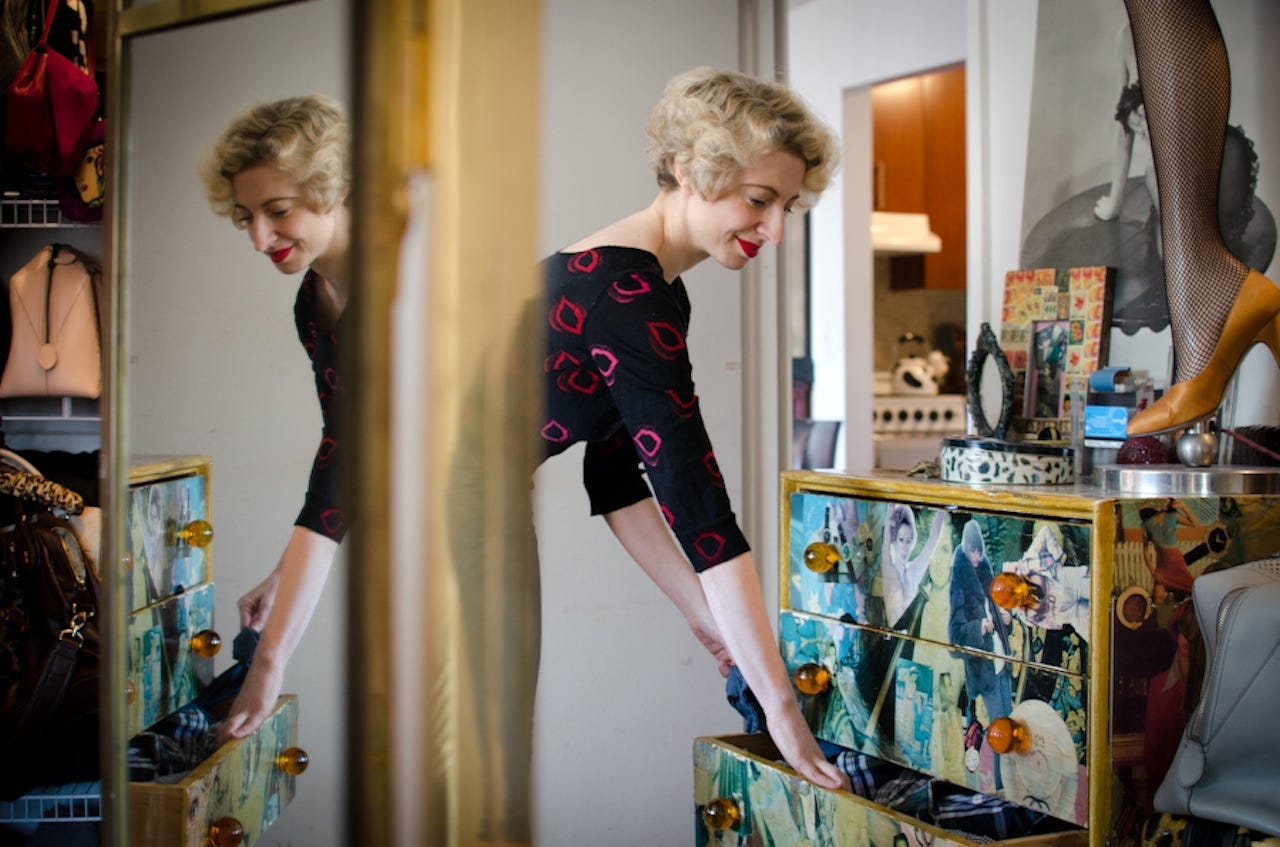When Home Finds You
Transplants to the Big Apple reflect on their very different journeys toward becoming New Yorkers.
Before I moved to New York City in 2003, I dreamed often of exchanging my Somerville, Massachusetts, apartment for a creaky old farmhouse by the ocean, where I would spend my days writing, basking in the sounds of near silence.
Where I ended up a year later was a sunny two-bedroom apartment in the Bronx, on the second-to-last stop on the 6 train. Instead of ocean waves, the subway lulled me to sleep. The Italian-American neighborhood had an overabundance of bakeries, all-night diners and funeral homes. Once, when I was heading down to my neighbor Jimmy’s barbeque, I heard a fight break out in the alleyway, just below my living-room window. Above the clatter of trash cans, I heard Jimmy scream, “Your wife’s a crack whore. Where’s my five thousand dollars?” Then I heard the sound of a car peeling out. That night, I stayed in.
The strangest part of my new existence was that I liked it. In fact, I don’t even remember a transition period. Instant love, that’s what it was.…
Keep reading with a 7-day free trial
Subscribe to Narratively to keep reading this post and get 7 days of free access to the full post archives.




